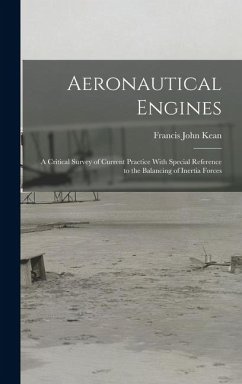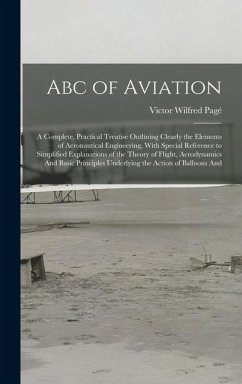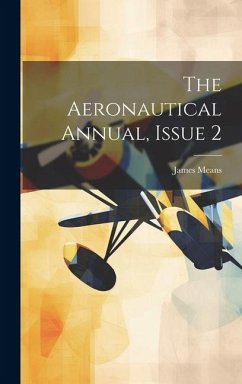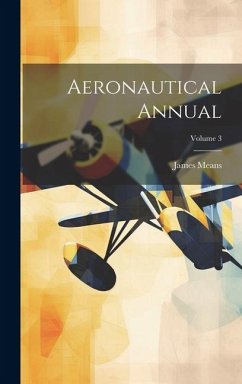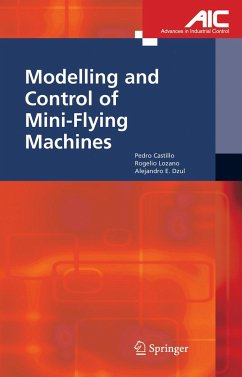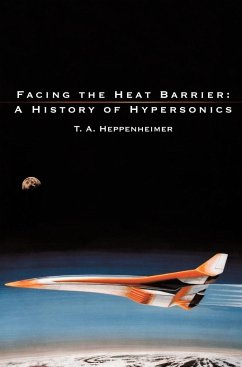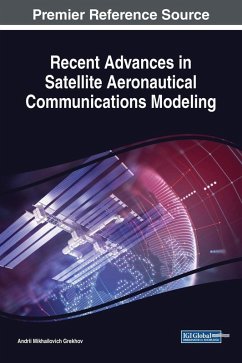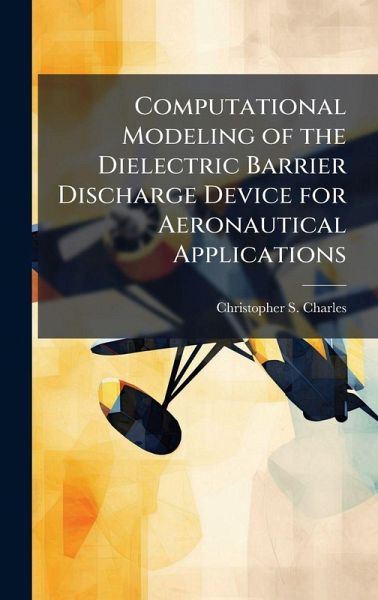
Computational Modeling of the Dielectric Barrier Discharge Device for Aeronautical Applications
Versandkostenfrei!
Versandfertig in über 4 Wochen
28,99 €
inkl. MwSt.
Weitere Ausgaben:

PAYBACK Punkte
14 °P sammeln!
Dielectric Barrier Discharge (DBD) type devices, when used as plasma actuators, have shown significant promise for use in many aeronautical applications. Experimentally, DBD actuator devices have been shown to induce motion in initially still air, and to cause re-attachment of air flow over a wing surface at a high angle of attack. This thesis explores the numerical simulation of the DBD device in both a 1D and 2D environment. Using well established fluid equation techniques, along with the appropriate approximations for the regime under which these devices will be operating, computational res...
Dielectric Barrier Discharge (DBD) type devices, when used as plasma actuators, have shown significant promise for use in many aeronautical applications. Experimentally, DBD actuator devices have been shown to induce motion in initially still air, and to cause re-attachment of air flow over a wing surface at a high angle of attack. This thesis explores the numerical simulation of the DBD device in both a 1D and 2D environment. Using well established fluid equation techniques, along with the appropriate approximations for the regime under which these devices will be operating, computational results for various conditions and geometries are explored. In order to validate the code, results are compared to analytic or experimental data whenever possible, or matched with other similar numeric simulations to help establish the accuracy of the code. Solutions to Poisson's equation for the potential, electron and ion continuity equations, and the electron energy equation are solved semi-implicitly in a sequential manner. This work has been selected by scholars as being culturally important, and is part of the knowledge base of civilization as we know it. This work was reproduced from the original artifact, and remains as true to the original work as possible. Therefore, you will see the original copyright references, library stamps (as most of these works have been housed in our most important libraries around the world), and other notations in the work. This work is in the public domain in the United States of America, and possibly other nations. Within the United States, you may freely copy and distribute this work, as no entity (individual or corporate) has a copyright on the body of the work. As a reproduction of a historical artifact, this work may contain missing or blurred pages, poor pictures, errant marks, etc. Scholars believe, and we concur, that this work is important enough to be preserved, reproduced, and made generally available to the public. We appreciate your support of the preservation process, and thank you for being an important part of keeping this knowledge alive and relevant.



